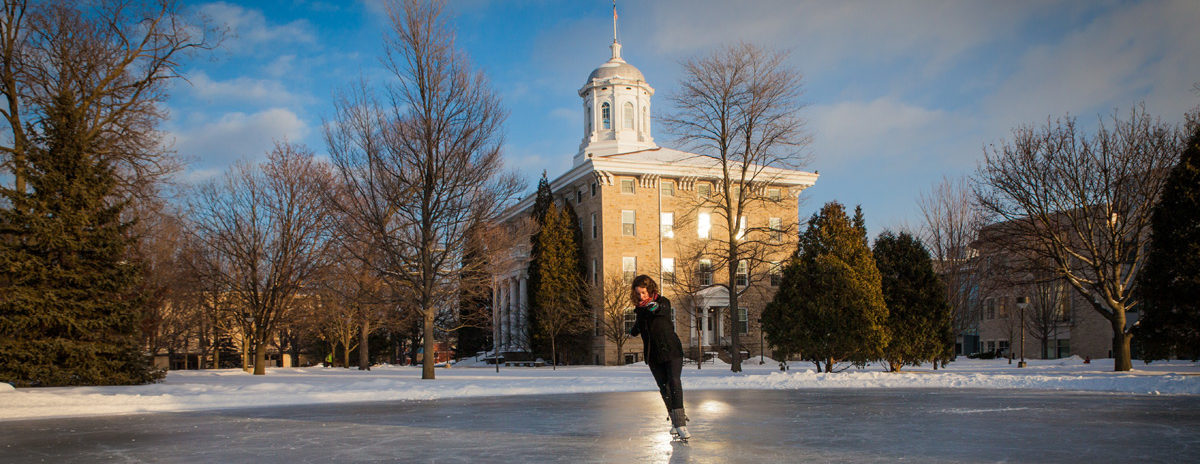Nothing that you will learn in the course of your studies will be of the slightest possible use to you in after life, save only this, that if you work hard and intelligently you should be able to detect when a man is talking rot, and that, in my view, is the main, if not the sole, purpose of education.
—John Alexander Smith, 1914
Even though it was more than a century ago when John Alexander Smith, a University of Oxford professor of moral philosophy, opened his course with this counterintuitive utterance, the core of his message is as essential today as it was not only then, but for centuries before that.
Today you’ll find few people calling out someone for “talking rot”. (Using an anachronism like that is a quick way to get an eye-roll.) However, the ability to identify shaded truth, logical fallacies, slanted rhetoric, even demagoguery, or—to quote so many college admissions publications—the ability to “think critically” remains one of the most important things an education should develop and sharpen.
It’s something liberal arts and sciences programs—either liberal arts colleges (like Lawrence University or Williams College) or liberal arts core curricula at some comprehensive universities (like Marquette or Notre Dame)—have been doing for generations.
But the liberal arts had been around long before these academic upstarts started delivering them. Since the time of the Roman Empire, the liberal arts were those things studied by free persons—grammar, dialectic, rhetoric, geometry, arithmetic, music, astronomy.
You might recognize their allegorized images (below) from their class picture, painted in the late 16th century by Flemish painter, Maarten de Vos.
Today’s liberal arts and sciences typically comprise the arts and humanities (like literature, languages, philosophy, history, fine/performing arts) and sciences (math, natural and social science).
A liberal arts and sciences education tests our ability to investigate and understand the nature of an organism, the application of a theory, the behavior of a crowd, the principles of a political system, the meaning of a poem, the causes of an event, the consequences of an argument, or the composition of a symphony. They help us see the complexity of both/and, rather than either/or.
At its best, the study of the liberal arts and sciences develops the abilities to find similarities among dissimilar things, common ground among the uncommon, meaning in the midst of meaninglessness. It can transform one—as David Burrows, provost of Lawrence University, often says—from “merely reflecting the light of others to generating one’s own light.”
“Sure. That’s the nice stuff you find in college admissions brochures,” people will often challenge. “But will it help you get a job?”
We’ll take up that challenge tomorrow. (Rest assured; we have an answer.)
Note: A long (really long) version of this appeared in an article I wrote for the American Society of Quality in June 2011. IHRTLUHC on myself, I suppose.


